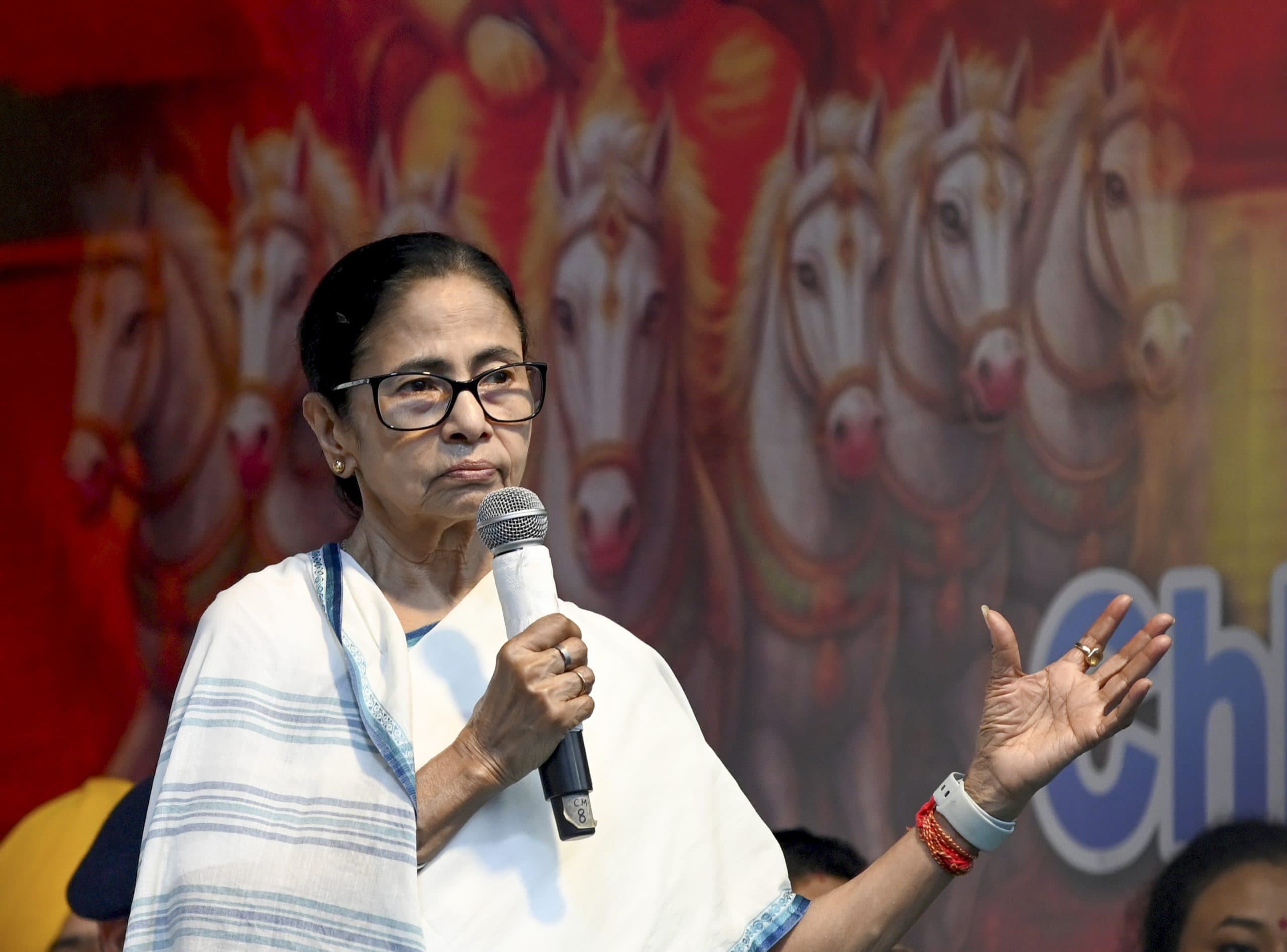Clear air turbulence (CAT), an invisible and unpredictable phenomenon, is causing increasing disruptions in aviation, with recent incidents raising safety concerns. In 2025, notable cases, including an IndiGo flight’s severe turbulence on May 21, highlighted the issue. The Indian Ministry of Civil Aviation and the Directorate General of Civil Aviation (DGCA) are under pressure to address this escalating threat. CAT, linked to climate change, is prompting the ministry to enhance forecasting tools and safety protocols to mitigate risks.
In This Article:
The Rising Threat of Clear Air Turbulence
Clear air turbulence, occurring without visible weather cues, is a growing menace for aviation, as seen in the May 21, 2025, IndiGo flight from Delhi to Srinagar. The flight, caught in a hailstorm, experienced a steep 8,500 feet-per-minute descent, damaging the aircraft’s nose and terrifying passengers. The DGCA launched a probe, noting Pakistan’s denial of airspace access, which forced the plane to navigate turbulent zones longer. Globally, CAT incidents are surging, with a 2023 University of Reading study reporting a 55% increase in severe turbulence over the North Atlantic from 1979 to 2020, driven by climate change-induced jet stream volatility.
Aviation Ministry’s Response and Challenges
India’s Ministry of Civil Aviation is grappling with CAT’s unpredictability, which radar cannot detect, complicating pilot preparedness. The ministry is collaborating with the Bhaskaracharya National Institute to integrate airspace and meteorological data into the Gati Shakti portal, aiming to improve turbulence forecasting. However, experts criticize India’s outdated weather prediction systems, with only 10% of flights equipped with advanced turbulence-detection tech, per a 2025 ICAO report. The ministry faces pressure to align with global standards, as countries like Japan and Singapore push for real-time turbulence data sharing at ICAO’s 2024 Montreal conference.
Economic and Safety Impacts
CAT incidents cost the aviation industry up to $1 billion annually in delays, maintenance, and fuel due to rerouting. In India, airlines like IndiGo and Air India face rising maintenance costs, with the latter under scrutiny for a separate training-related issue. The IndiGo incident, though injury-free, underscored passenger safety risks, prompting calls for stricter seatbelt policies. With India’s fleet of 2,000 aircraft, the ministry must balance safety upgrades with economic pressures, especially as turbulence-related accidents account for 40% of large aircraft incidents globally.
Future Strategies and Global Context
The ministry is urged to adopt AI-driven forecasting and equip aircraft with LIDAR systems, as suggested at the 2025 European Geosciences Union conference. South Korea’s 2024 campaign promoting seatbelt use offers a model for public awareness. With CAT projected to double by 2050, India’s aviation sector, a key driver of its $8 billion travel economy, must act swiftly to safeguard passengers and maintain growth.
-By Manoj H




